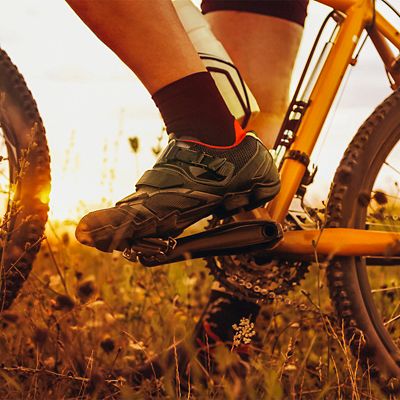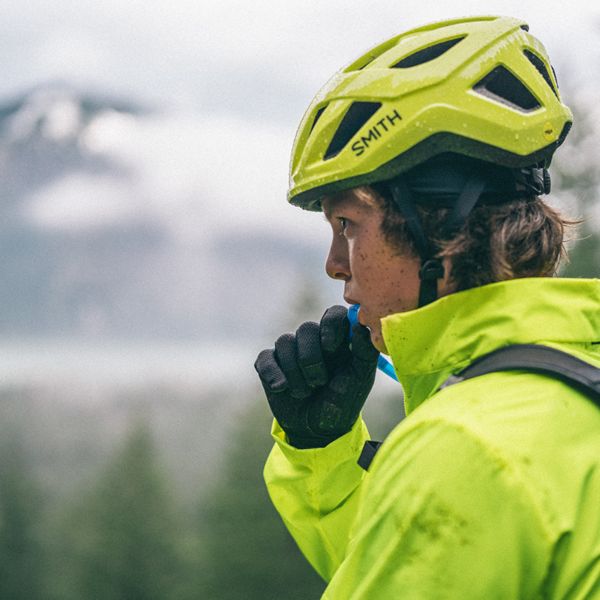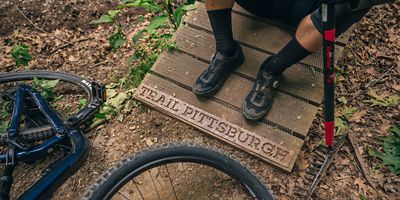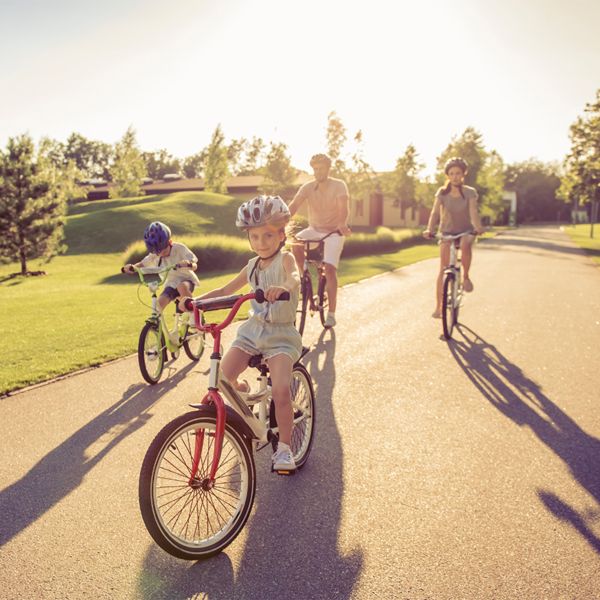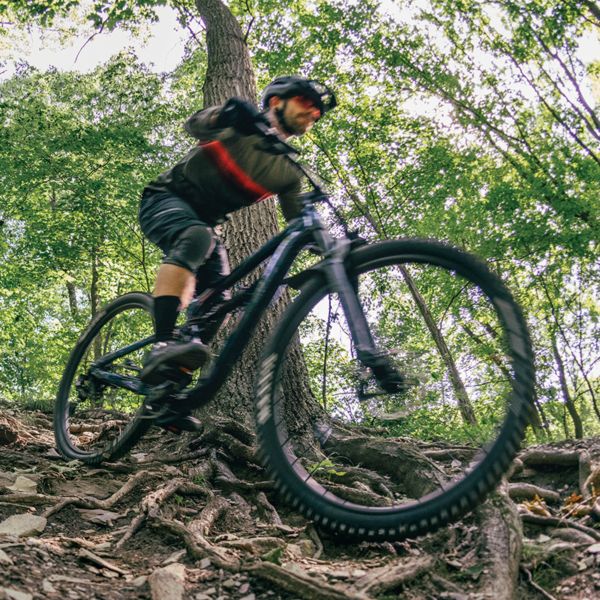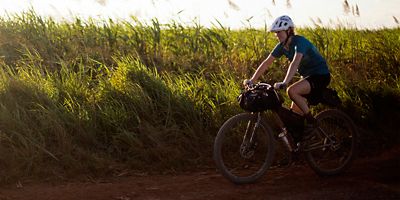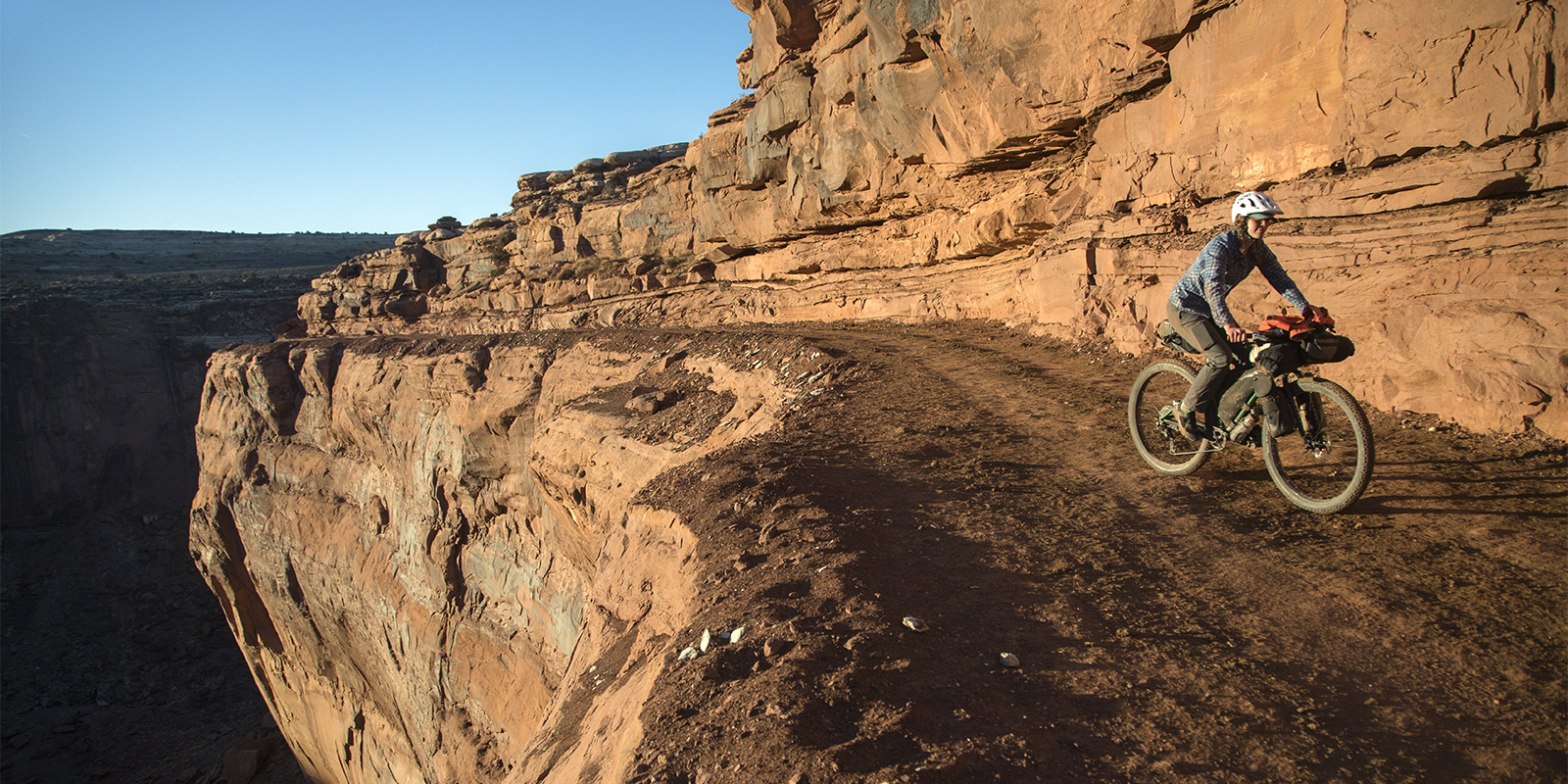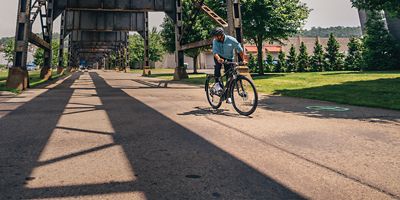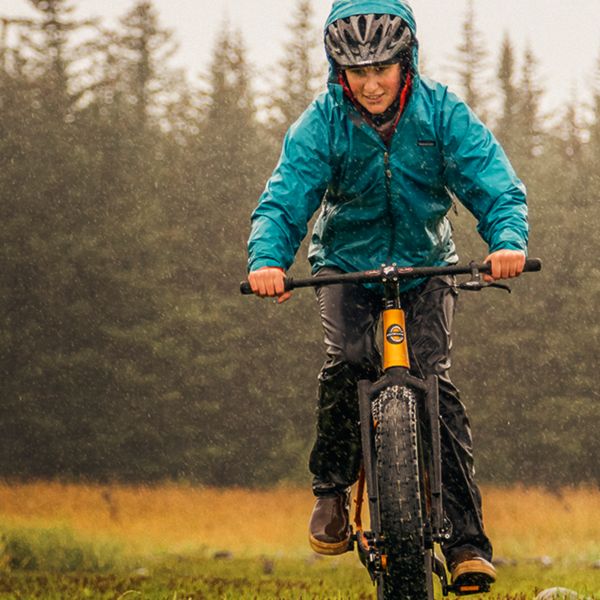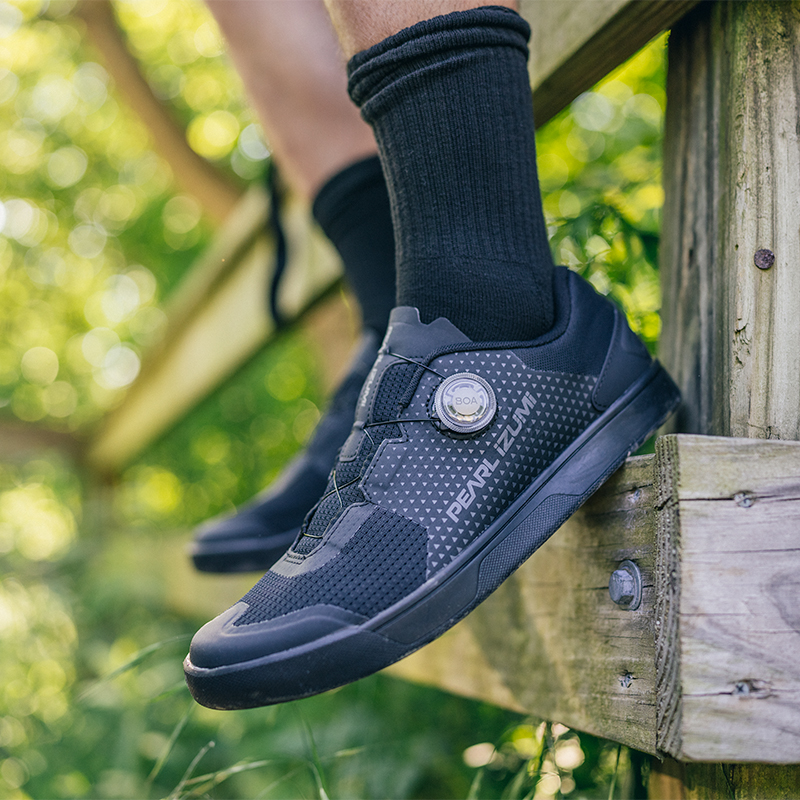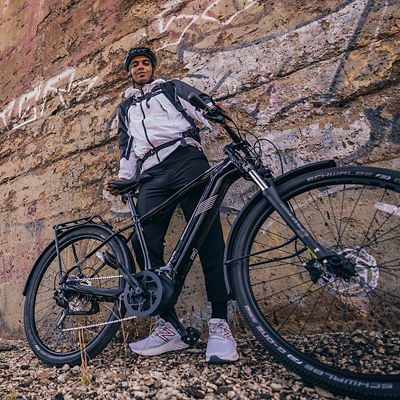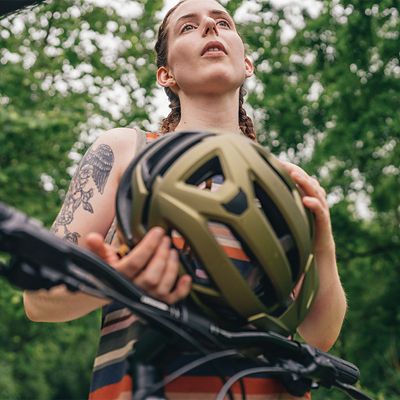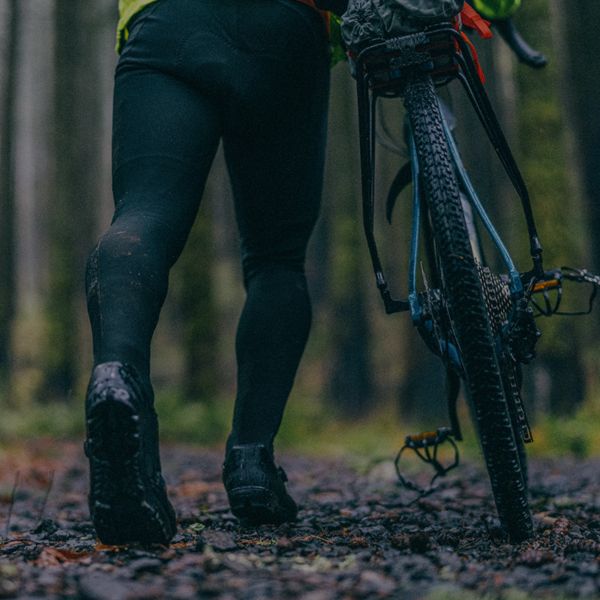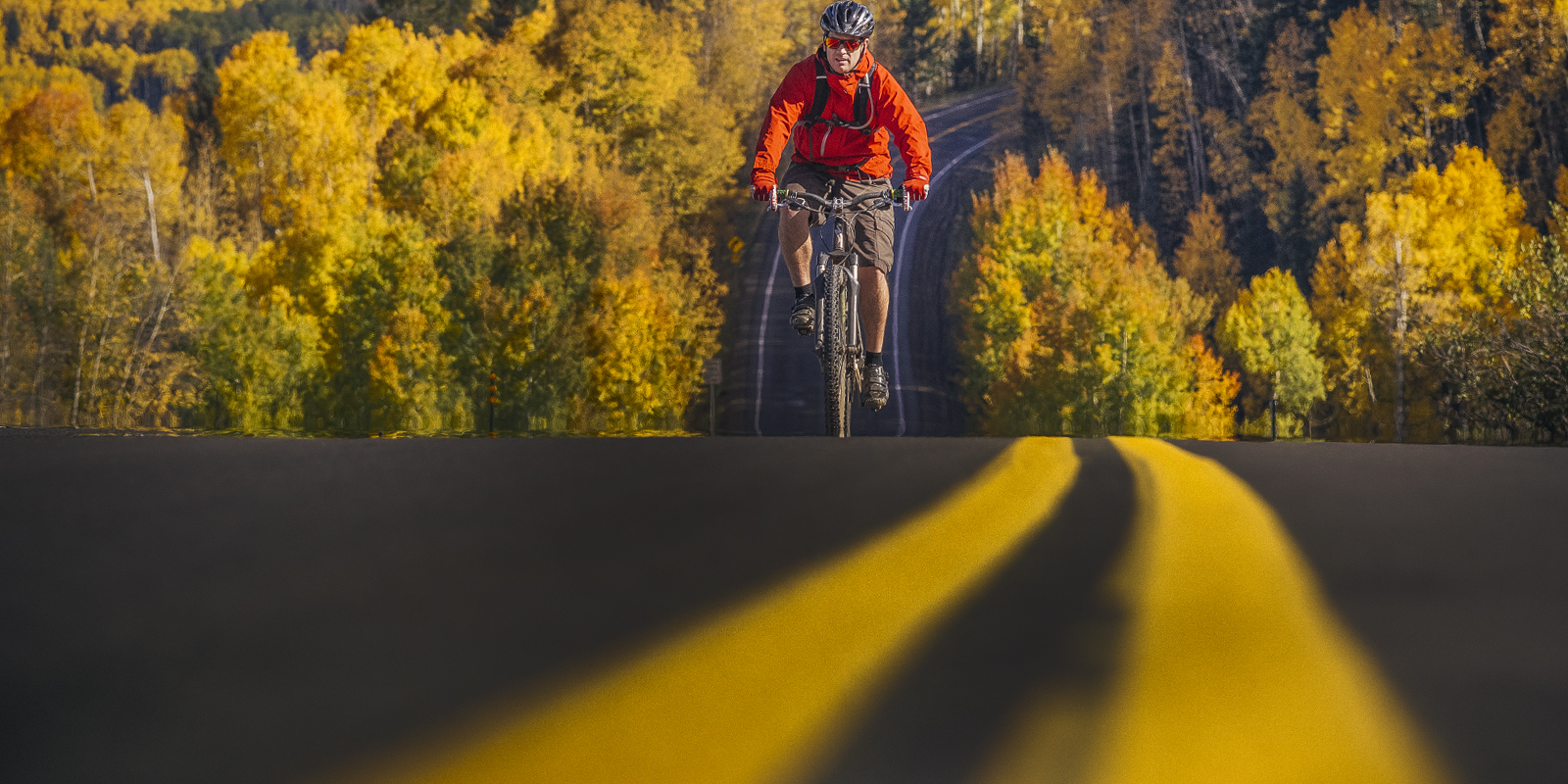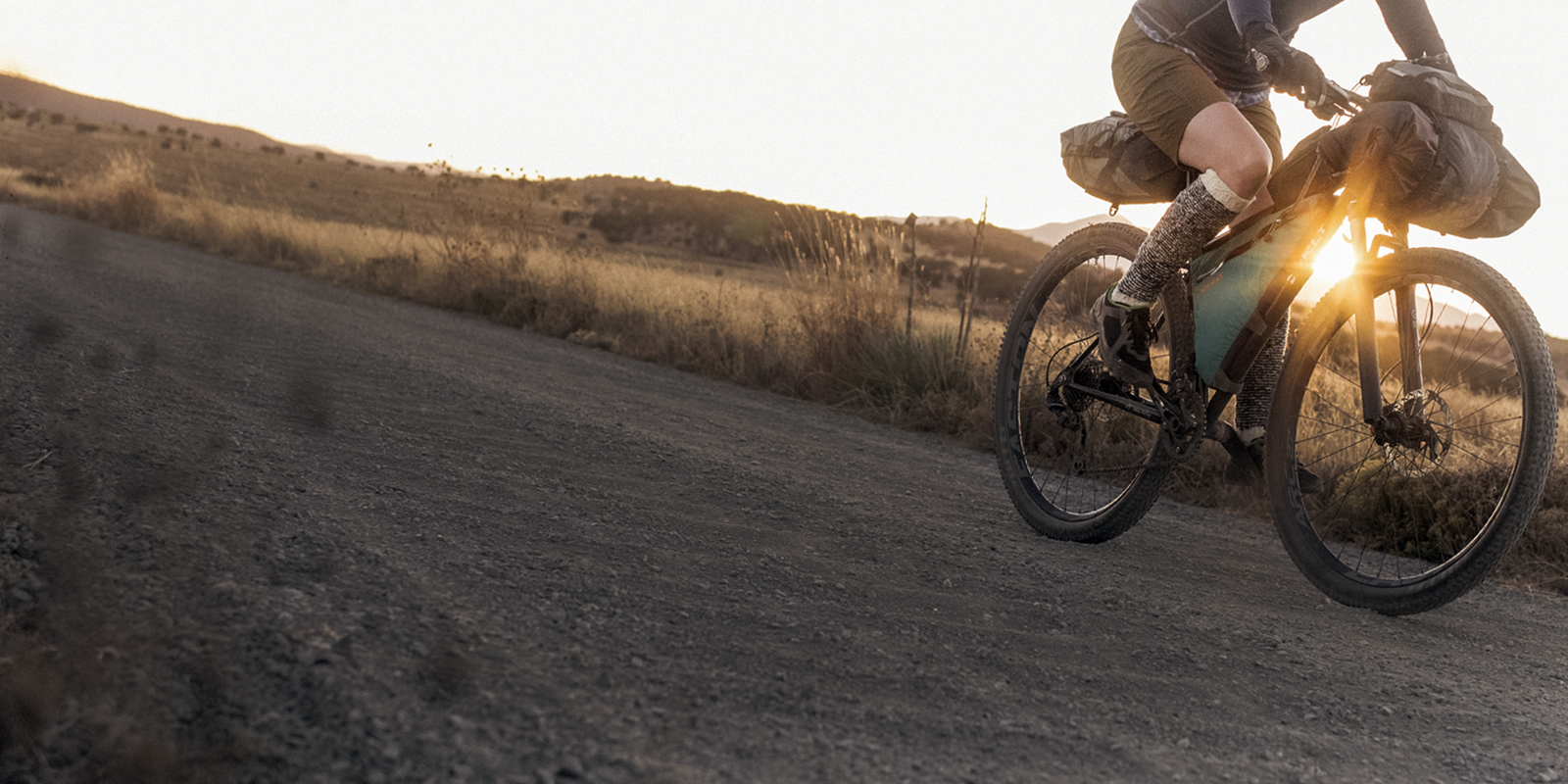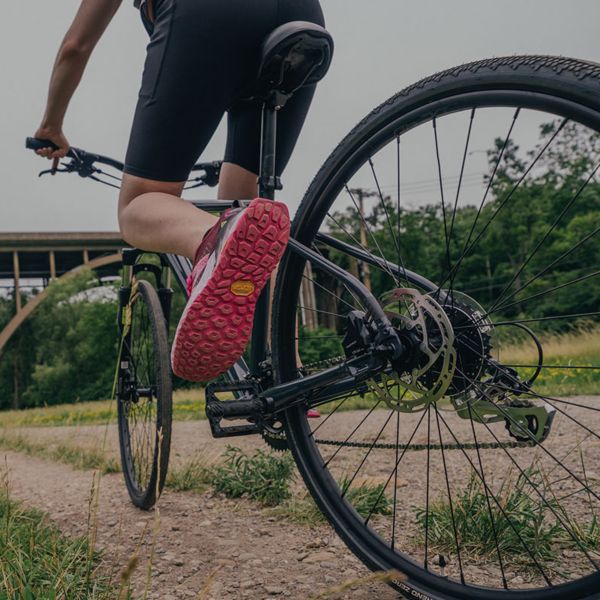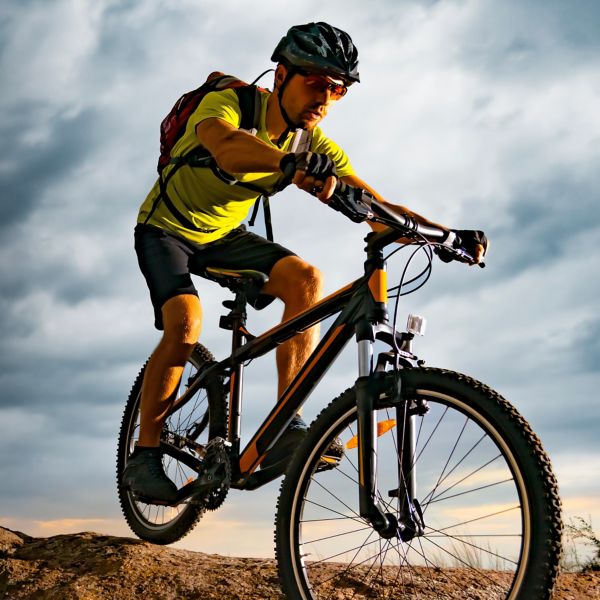There are few joys in life quite like riding a bike: moving quickly and efficiently under your own power, feeling the wind and sun on your face, and arriving at your destination refreshed. Maybe you ride for fun from home, maybe it’s part of your work, or maybe you use your bike to commute between the two. No matter what you do in the saddle or wherever you’re going, if you use a shared road, full attention to your surroundings is critical to your safety—especially in a city or urban environment.
Safe, alert road riding requires some basic know-how. So, whether you’re new to your bike or just new to riding one in a city, here are the do-and-don’t essentials to stay safe—on your bike, in control and out of harm’s way, minimizing problematic situations along those paved routes.
Do: Keep Your Bike in Order
With all the hazards on the road, don’t make your bike an additional one. Make sure everything is properly maintained in smooth, working order, including your tire pressure, derailleurs, and (perhaps most importantly) brakes.
Don’t: Run Red Lights or Stop Signs
Not only is this dangerous, leaving you vulnerable to car collisions in intersections, it also reflects poorly on other bike riders. Follow the rules of the road to keep yourself and others safe, while promoting the activity we all love.
Do: Be Predictable
On busy throughways, consistent movement lets other road users (think: cars, buses, and other riders) know where you’re headed. Staying predictable means using hand signals when you turn, even if you’re just in a bike lane or path with other bike riders. This will help vehicles (and other bikes) give you plenty of space, especially should they attempt to pass. Similarly, don’t stop in the middle of intersections or in the middle of a bike lane or path. Hesitant motion can confuse other users; move confidently and commit to your actions.
Don’t: Be Discreet
Bright clothes help you be seen, and thus not hit, by motorists. Front and rear lights are always a good idea to keep yourself visible. They’re also an absolute essential, often by law, for riding at night. Keep yourself seen, keep yourself safe.
Do: Yield to Pedestrians
There is a hierarchy on roads: Cars yield to bikes and pedestrians, bikes yield to pedestrians. Stop for pedestrians on sidewalks and give them plenty of room. Cars make the street dangerous enough for pedestrians. Be a cyclist that’s an ally and not an additional adversary.
Don’t: Ride Close to Parked Cars
Any cyclist who’s been “doored” will not want to repeat the experience. Never assume that parked cars are empty, or, worse, that a parked-car or taxi passenger will look to check for cyclists before exiting. A surprise door that pops open into the bike lane can have dire consequences; ride at least 3 feet from parked cars for enough room to maneuver.
Do: Get Loud
Cars can move into your riding space without realizing that you’re there. This is especially true in congested streets and drop-off areas. Similarly, many pedestrians will step off the curb or walk across the bike lane without looking. In milder situations, a simple bell can alert pedestrians. When it comes to cars, or fast-developing situations, don’t be afraid to whistle or yell.
Don’t: Ride on the Sidewalk
It’s not just dangerous for the pedestrians not expecting you in their space; sidewalk riding is dangerous for bikes, too, especially at intersections. Car drivers, if alert, will be looking for pedestrians or joggers; a swift-moving bike that runs off the sidewalk might catch them off-guard. And surprising a motorist is a great way to find yourself in an accident.
Rather, ride in the bike lane if it’s there. No bike lane? All states allow cyclists to share the road. But that doesn’t mean you should ride aggressively to the side of the road, hugging the curb too closely, where a slight mishap could cause you to hit the curb and tumble off your bike. Instead, ride in the road, about 3 feet from the right edge of the right lane, to keep yourself visible while giving motorists room to safely maneuver around you. This helps you stay seen, and provides room to maneuver should you need to avoid road hazards like potholes.



